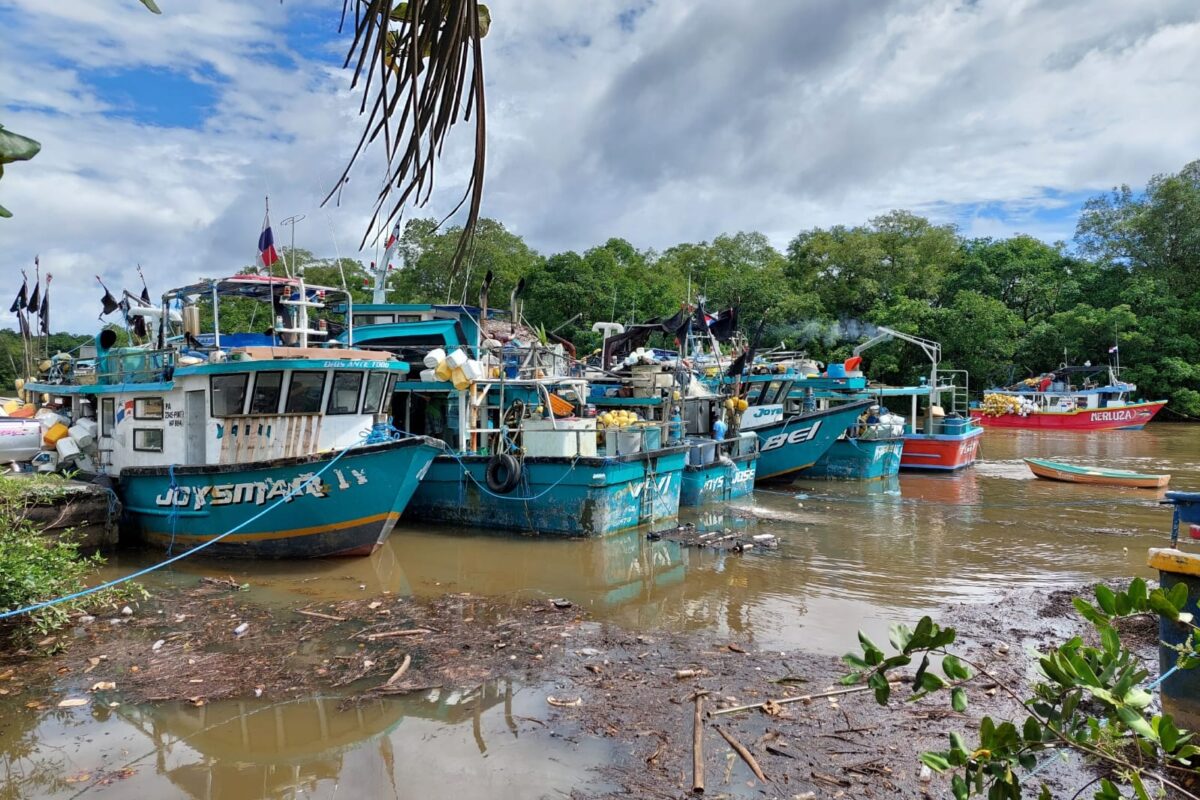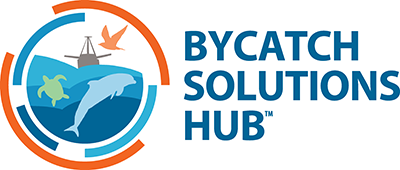Electronic Monitoring (EM) in Eastern Pacific Ocean Pelagic Longlines
Electronic Monitoring (EM) in Eastern Pacific Ocean Pelagic Longlines
When this project began, it was coordinated through the Eastern Pacific large pelagics – longline FIP (now inactive) and included yellowfin tuna (Thunnus albacares) and mahi-mahi (Coryphaena hippurus) in Costa Rica, Ecuador, and Panama, and swordfish (Xiphias gladius) in Costa Rica. The fishery improvement project (FIP) was already implementing circle hooks, monofilament leaders, and different bait types to reduce bycatch, but they did not have electronic monitoring (EM) in place to collect data on the effectiveness of those mitigation practices. There was also a general lack of data collection in the region to clearly understand the types (species) and amounts of ETP bycatch interactions in the fishery.
SFP worked with The Nature Conservancy and the FIP participants to implement EM on three vessels for one year. The EM will confirm that vessels are using best practices to reduce bycatch of sharks and sea turtles and will provide an opportunity to capture data on the frequency and locations of interactions and the result of the interactions (released alive, retained, mortality) as well as more specific data on the species of sharks and sea turtles. Instead of just focusing on the mahi season, this will be a year-round effort. These vessels fish for different species year-round, and having the EM onboard all year will give us a better sense of their bycatch challenges.

Updates
May 27, 2025
This project is now complete and the data has been reviewed.
The one-year pilot project focused on four Eastern Pacific longline large pelagic fishing vessels from August 2023 to August 2024. EM systems were installed on each vessel to monitor fishing activities and collect detailed catch data, including species identification, location, time, date, and count. This data was then linked to corresponding imagery captured by the EM systems. The primary goal of the project was to evaluate the feasibility and effectiveness of using EM technology to enhance fisheries monitoring and management practices in the Panamanian longline fishery.
Data from the pilot project showed 3,888 total individual catch or discard fish records collected between the four participating vessels. The average trip per vessel was 15-20 days. The catches primarily consisted of yellowfin tuna, in addition to other species such as albacore tuna, skipjack, bigeye tuna, black marlin, mahi-mahi, sailfish, striped marlin, swordfish, billfish, and wahoo. Two encounters with ETP shark species were observed during the study.
Additionally, essential data was collected that can be used for future EM improvement, including obstacles observed during the project such as limited camera angles, improperly aligned cameras, obscured/dirty cameras, and limited GPS camera data. The also project served to introduce the Panama government to EM, and has added value to the National EM Program (Transshipment vessels in international waters).
Although the project did not note a high occurrence of non-target catch, which may have been due to the type of gear set and retrieval, it did show the value of EM projects to track vessel operations, verify bycatch interactions and provide data.
October 23, 2023
Two Panamanian tuna longline vessels have had two cameras installed by Integrated Monitoring, the electronic monitoring program being used in this project. One camera is a telescopic arm that points to where the fish come up, and the other camera is set to capture images from the deck. These two vessels, fishing out of Pedregal, have both completed two trips (approximately 15 days each) with the camera systems operational. Data collected during these trips was stored while the vessels were at sea, and the data was transmitted once the vessels were within a few miles of the coast. Data is being analyzed by AIS and a Peruvian team of EM Reviewers. In the next month, a third vessel will begin fishing with both the Integrated Monitoring system and Starlink, which will provide live feed of data.


